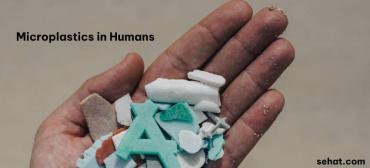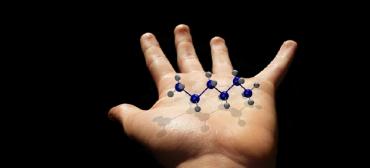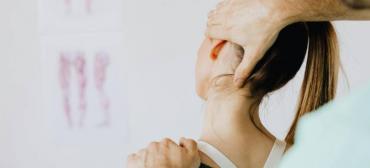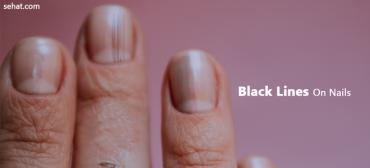Skin Self-Examination
How to perform a skin self-examination
Finding suspicious moles or skin cancer early is the key to treating skin cancer successfully. A skin self-examination is usually the first step in detecting skin cancer. The American Cancer Society (ACS) suggests once-a-month skin self-examinations. The following method of self-examination is from the ACS (you will need a full-length mirror, a hand mirror, and a brightly lit room):
-
Examine your body front and back in mirror, then the right and left sides, with your arms raised.
-
Have a family member or close friend help with the exam. When a trusted person finds a suspicious lesion, you may be more willing to acknowledge there is a problem. In addition, another person will be able to look at hard-to-see areas such as the nape of the neck or under the hairline.
-
Bend your elbows, look carefully at your forearms, the back of your upper arms, and the palms of your hands.
-
Look at the backs of your legs and feet, spaces between your toes, and the soles of your feet.
-
Examine the back of your neck and scalp with a hand mirror.
-
Check your back and buttocks with a hand mirror.
-
Become familiar with your skin and the pattern of your moles, freckles, and other marks.
-
Be alert to changes in the number, size, shape, and color of pigmented areas.
-
Watch for an "ugly duckling sign" on your skin, i.e., a spot that looks different from all other marks on your skin.
-
Follow the ABCD chart when examining moles of other pigmented areas and consult your physician promptly if you notice any changes. The ABCDs are:
-
A. Refers to asymmetry. One-half of the mole or birthmark is different than the other half.
-
B. Refers to border. The mole's edges are irregular or blurred.
-
C. Refers to color. The mole's color is brown, black, or has patches of red, white, pink, or blue.
-
D. Refers to diameter. The mole or spot is larger than 6 millimeters, or about 1/4 inch—the size of a pencil eraser.
-
In addition to the ABCD guidelines, other warning signs include:
-
Changes in how the area feels, such as itching, tenderness, or pain
-
Changes in the skin's surface, such as oozing, bleeding, or scaliness
-
A sore that does not heal
-
New swelling or redness beyond the border of the mole
Remember that not all moles follow the ABCD "rules" or the additional warning signs. It is important to notify your physician about any skin changes that look different for the rest of your moles, freckles, or other marks.
Related Questions
Itch and Rash in the Groin Area - Male
- 3544 Days ago
- Skin Rash - Skin & Hair Care
Hair transplant donor area issue
- 3561 Days ago
- Hair Loss - Skin & Hair Care
Jock itch Groin
- 3607 Days ago
- Dry Skin - Skin & Hair Care
Serious Hair problem
- 3622 Days ago
- Hair Loss - Skin & Hair Care
Hair damage
- 4634 Days ago
- Skin & Hair Care





















